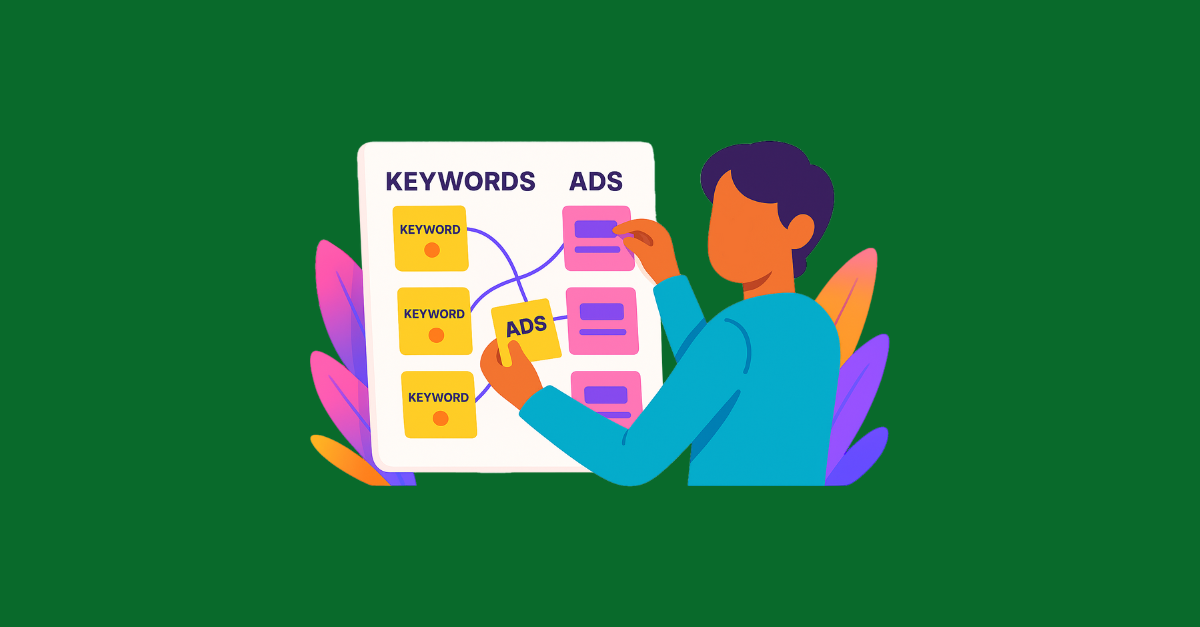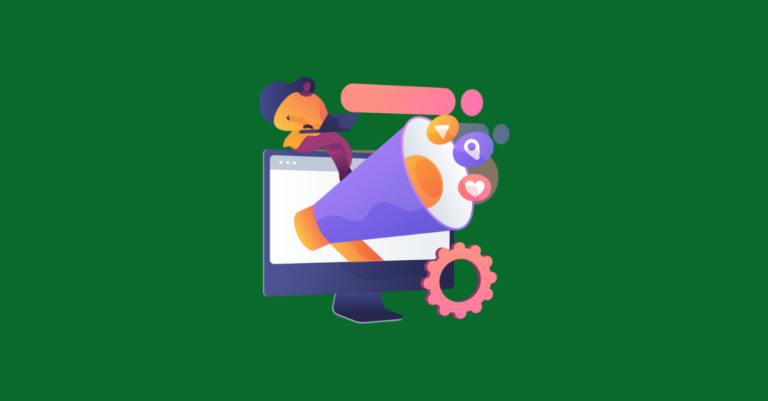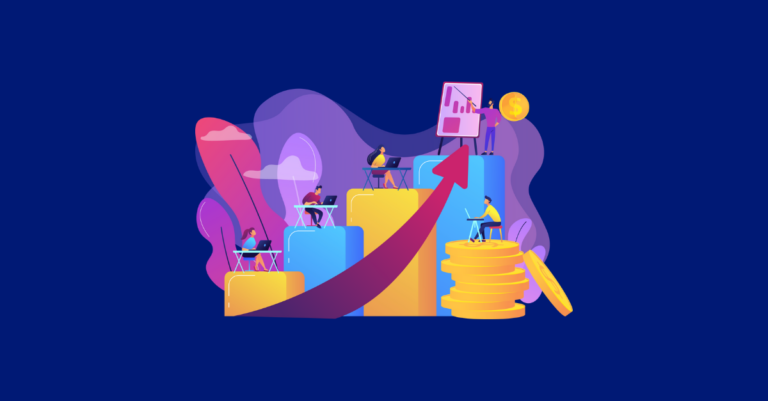Why Your Single Keyword Ad Groups Are Killing Your Google Ads Performance
For years, single keyword ad groups (SKAGs) have been the gold standard for granular control in Google Ads. The PPC logic was sound: isolate one keyword, match it perfectly to an ad, and achieve ultimate relevance.
But if you’re still clinging to this strategy in 2025, you’re not just being old-fashioned; you’re actively hindering your campaign’s potential. The culprit behind this obsolescence? The very AI that now powers Google’s most potent features.
The truth is, the era of manual, hyper-granular control is over. The new best practice is about strategic data consolidation, and your SKAGs are doing the exact opposite.
Here’s a breakdown of why this structure is now obsolete and how to adapt for success.
Still stuck in SKAG mode? Google’s AI has evolved—your PPC strategy should too. Let Greenlane rebuild your campaigns for the way Google works now. Better structure. Smarter bidding. Real results.
Why Granularity Became a Weakness
Three core advancements in Google Ads have fundamentally broken the SKAG model:
Smarter Broad Match
Google’s AI now interprets the intent behind a search, not just the specific words. It understands semantic relationships and context. Forcing it into the tiny silo of a single keyword prevents it from finding valuable, related queries that would convert.
Smart Bidding
Strategies like Target CPA and Target ROAS are incredibly powerful, but they feed on data. These algorithms analyze thousands of signals in real-time for every auction, including device, location, time of day, user behavior, and more.
SKAGs starve the algorithm. By splitting your traffic into hundreds of tiny ad groups, you’re providing the system with mere scraps of data, preventing it from ever gathering enough information to learn and make optimal bidding decisions.
Responsive Search Ads (RSAs)
The manual A/B testing of ad copy facilitated by SKAGs is now automated and far more advanced with RSAs. You provide the headlines and descriptions, and Google’s AI determines the most effective combination for each individual search query. This feature works best when it has a healthy volume of traffic to test against — volume that a single keyword ad group can rarely provide.
The New Playbook: Themed Ad Groups & Simplified Structure
The modern, high-performing search campaign is built on a foundation of simplified, themed ad groups. This isn’t about laziness; it’s about strategic alignment with how Google’s AI operates.
Ad Groups Based on Theme, Not Syntax
Instead of creating a new ad group for every minor keyword variation, group them by user intent or theme.
Old Way (SKAGs):
- Ad Group 1: [men’s running shoes]
- Ad Group 2: [running shoes for men]
- Ad Group 3: [buy men’s running shoes]
New Way (Themed Ad Group):
- Ad Group: Men’s Running Shoes
- Keyword: “men’s running shoes”
- Keyword: “shoes for running men”
- Keyword: “best running sneakers for men”
The “theme” is clear: a user looking to purchase running footwear for men. All relevant keywords that share this commercial intent are housed in a single ad group. Your RSA will then pull from your various headlines and descriptions to create the most relevant ad for the specific query, whether it was “buy running shoes for men” or “men’s marathon shoes.”
Why This Structure Fuels Smart Bidding
The primary benefit of themed ad groups is data consolidation. By pooling impressions, clicks, and conversions from multiple, closely related keywords into one ad group, you create a rich dataset. This concentrated data stream allows Smart Bidding to exit its “learning phase” significantly faster.
Think of it this way: would you rather have one student take a test 50 times or have 50 students take it once?
The single student’s learning and improvement will be far more profound. With SKAGs, you have dozens or hundreds of ad groups, each getting a trickle of data. The algorithm can’t establish patterns or make confident predictions. With a themed structure, you give the algorithm enough volume to quickly understand what works, who to target, and what to bid.
A simplified account structure with fewer, more robust campaigns and ad groups directly accelerates the optimization process. The machine learns at the query level, not just the keyword level. When it sees that multiple search terms within a theme are leading to conversions, it applies those learnings across the entire ad group, optimizing your performance far more efficiently than you could manually across countless SKAGs.
Your Action Plan
It’s time to audit your accounts. That complex web of SKAGs you so meticulously built is now a liability.
- Identify Common Themes: Look for SKAGs that are targeting keywords with the same underlying intent.
- Consolidate into Themed Ad Groups: Pause the old SKAGs and create new, tightly themed ad groups that contain those keywords. Aim for a handful of strong, related keywords per ad group.
- Deploy Responsive Search Ads: Create compelling RSAs within each new ad group, providing a variety of headlines and descriptions for the AI to test.
- Trust in Smart Bidding: Ensure your campaigns utilize a conversion-based Smart Bidding strategy and provide it with the consolidated data it needs to succeed.
Controlled, Strategic AI Use with Greenlane Marketing
The shift from SKAGs to themed ad groups represents a fundamental change in strategy: from seeking manual control to empowering machine learning. By simplifying your account structure, you provide the clear, consolidated data that Google’s AI needs to drive superior results.
Stop siloing your data and start building campaigns that are structured for the age of AI.
Our team at Greenlane can help you play smarter when it comes to Paid Media. Explore our PPC Management Services to see how.




![The Big List of PPC Resources and Articles [Updated for 2025]](https://www.greenlanemarketing.com/wp-content/uploads/2021/08/12-768x401.png)


